I have been in our house 3 years. This is our first home and we are very much learning as we go when it comes to home ownership. The house is about 80 years old and has stone walls that are covered with almost and inch of red earth topped with a thin parge coat of cement. The floor is a 4 inch slab of concrete that is only about 4 years old. When they laid the slab they left a 3-4" gap between the floor and the walls. Immediately under the slab is a black corrugated drain tile covered in a fabric sock. The previous owners did all the floor work themselves because they were getting water in the basement. The trench and drain system works fine for keeping water off the floor. But our walls have serious signs of efflorescence all over and the parge coat is crumbling badly getting the earth that is under them all over the floor and filling up the trench. Also there are a few small cracks in the relatively new cement slab.
We have limited budget to work with and really only want 2 things. One we want to get the crumbly stuff of our walls. I don't particularly care what the walls look like as long as they are clean. Two, I want to make sure that the moisture problem or anything we do is not going to lead to major structural issues.
We have had two basement waterproofers out to look at our basement. The first said that our problems were caused by a high water table and clay soil. He said the cracks in the slab were evidence of hydrostatic pressure pushing up on the house. He said that the fact that our concrete didn't join the walls left the walls vulnerable to shifting. He said the parge coat was entirely cosmetic. His recommendation was to dig a deeper trench at the level of the footer or were they hit ground water and install a smooth pvc drain tile system without the fabric sock, which he said was probably already clogged in our current system.Then he would pour concrete over it to reach the walls leaving only a 1/4 inch gap in which would place a dimpled piece of plastic that would allow drainage. Then he would just pressure wash the walls to remove the parging and leave the exposed stone. Total quote was 7,000.He said that the drain system would be effective enough at lowering the overall water table that we would no longer get moisture seeping through the walls.
The second guy agreed that the cause of our problem was the same and had the same criticisms of the current drain system, except that he didn't seem as concerned about the open trench destabilizing the walls. He first reccomended rough casting the walls. Meaning he was going to clean away the loose material. Cover them with a plastic membrane that drained down to the trench. Then infront of that he was going to build a thin concrete wall over metal lath in front of but not in direct contact with the foundation. He said this would never deteriorate because it wasn't in direct contact with the stone foundation. This sounded like a band aid fix and we were concerned that we wouldn't be able to see if real damage was taking place. When we pressed further he recommended the same type of system as the first guy but still thought the walls were the priority. His price for the drain system on it's own was less, but the overall quote was about 13,000 because the walls were pretty much half the price.
Does anyone have experience with these interior drain tile systems. Would it really lower the overall water table as to prevent water from seeping into the walls. Should we just get the walls cleaned and maybe see if a mason can repair some of the mortar in between the stones to prevent water from flowing through cracks. Also the parge coat is the most crumbly on the sides of the house (the front and back have a porch and an addition that is not part of the original footprint. But it is crumbling even in the areas that are a few feet above grade. Is this because moisture is getting trapped behind the parge coat, weakening the surface as a whole? Thanks for reading this epic post.

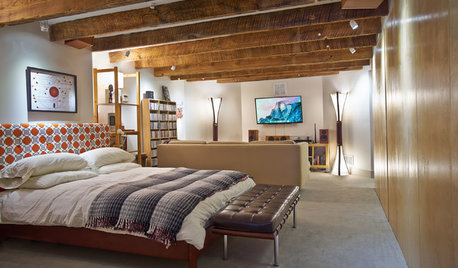
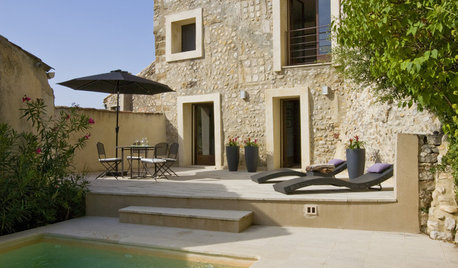


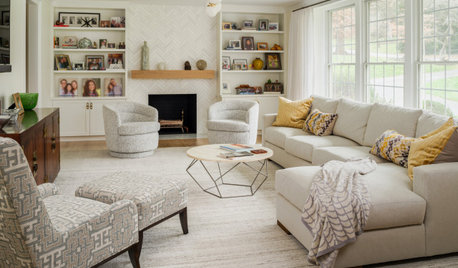
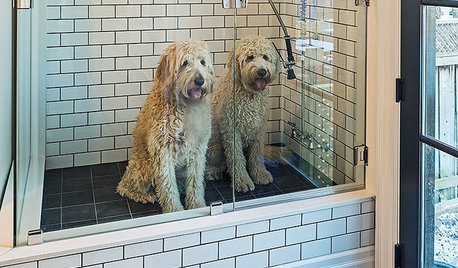
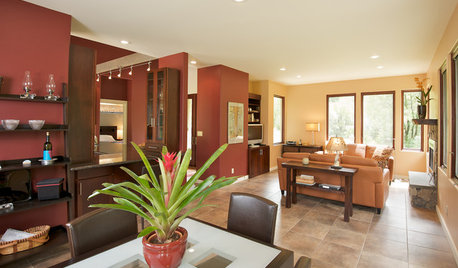
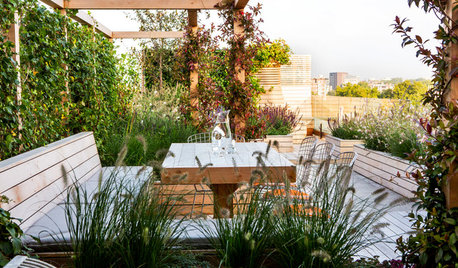





worthy
Peridot83Original Author
Related Discussions
Crazy to keep our 80-year old boiler?
Q
Replacing Foundation of 80-year old Craftsman
Q
Buying for 80 year old parents? Need advice.
Q
Need help with tree selection. 80 year old Spanish home in zone 9
Q